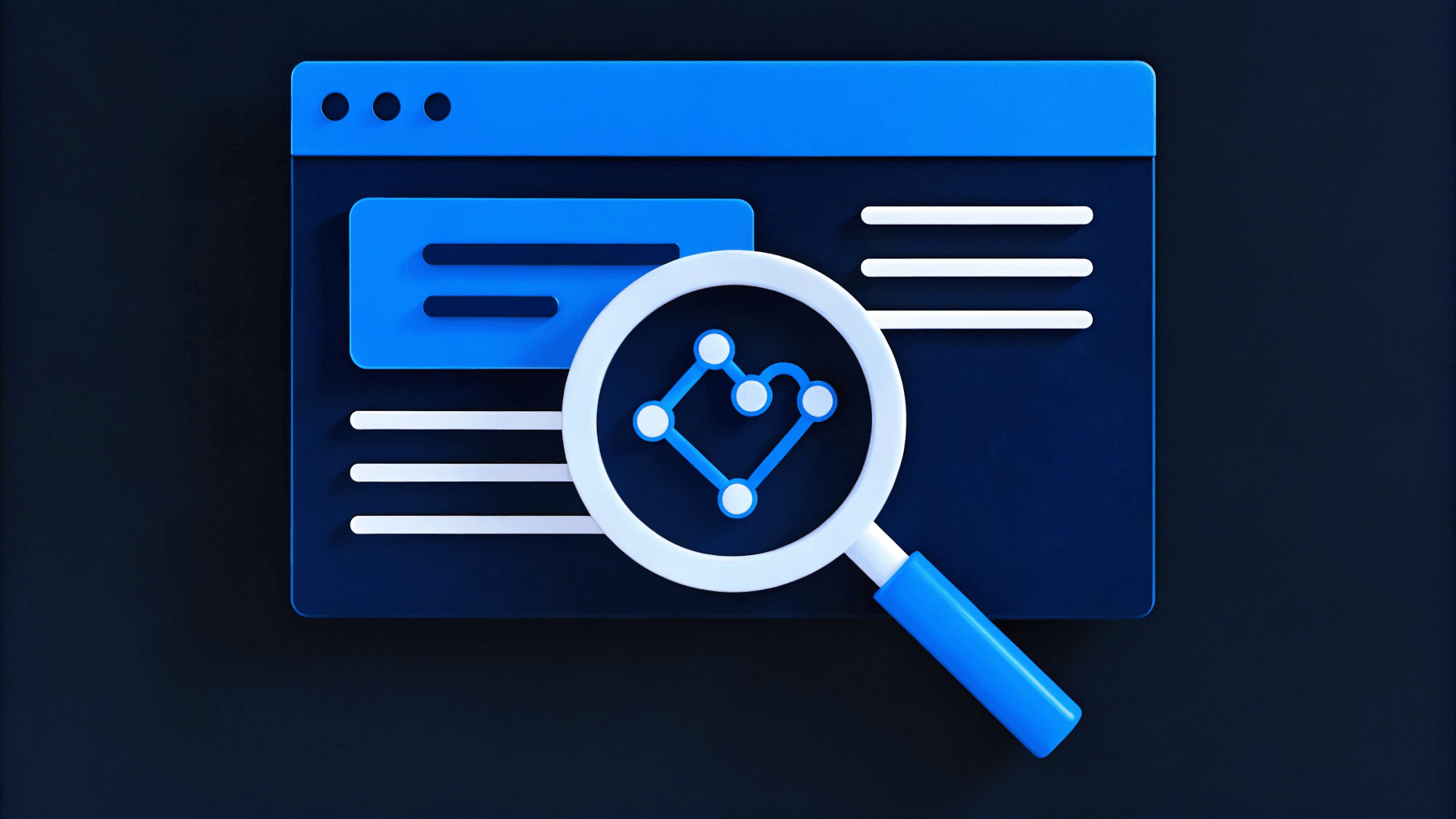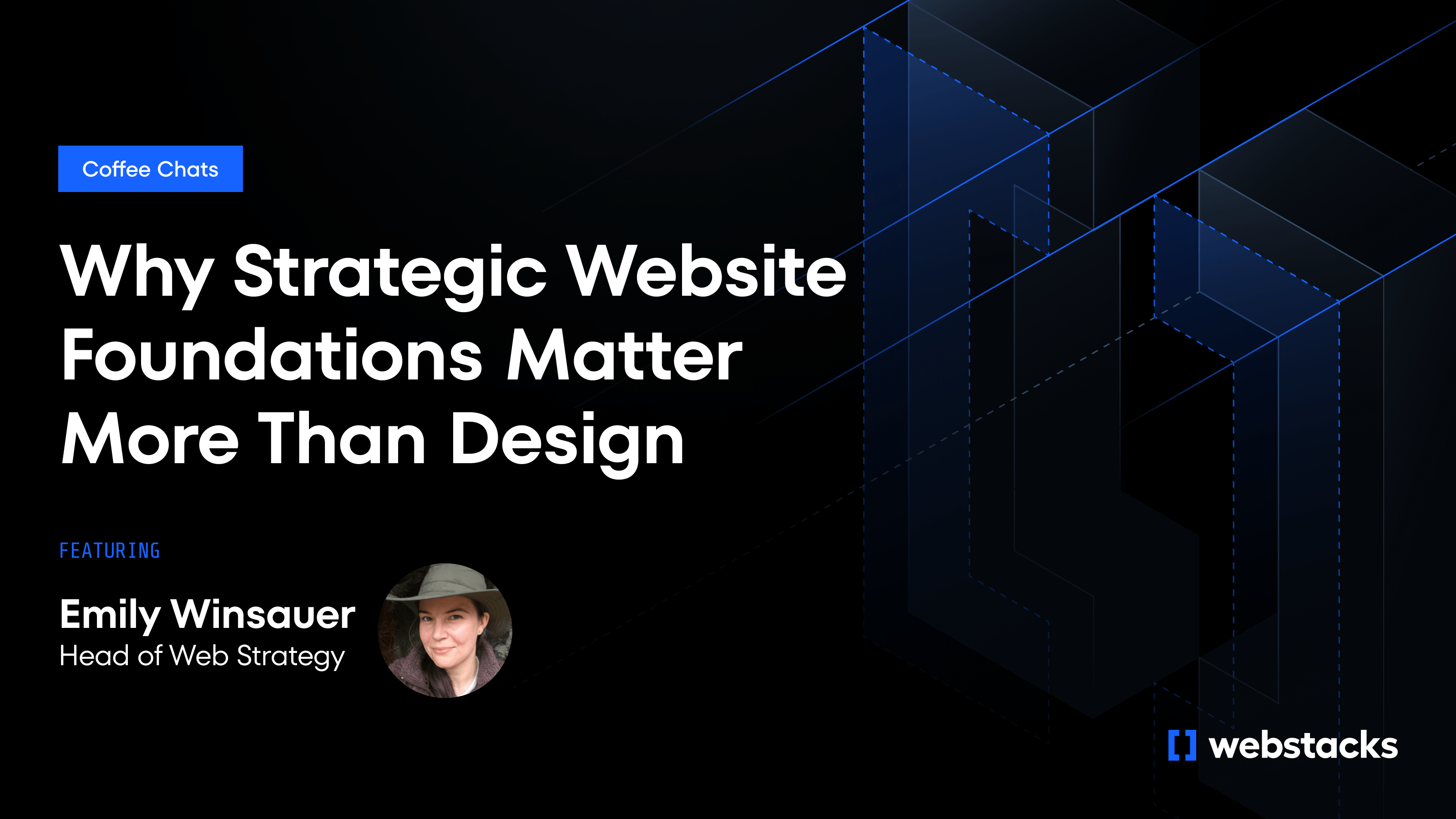Adobe Experience Manager (AEM) is expensive, slow to implement, and increasingly hard to justify. As license fees climb into six figures and new projects stall behind technical bottlenecks, more teams are switching to headless CMS platforms that are faster to launch, easier to maintain, and built to scale.
It’s not just about cost. AEM’s complexity slows down publishing, blocks marketing teams from working independently, and forces every change through specialized developers. Headless CMS tools fix these problems with flexible APIs, modular content models, and workflows that support global teams without the overhead. This guide explains why teams are moving off AEM and what to look for in a modern CMS.

Why It May Be Time to Leave AEM
Adobe Experience Manager was built to be an all-in-one solution, but for many teams, it now feels like a high-cost commitment. Licensing often runs into six figures, and the price climbs as you add sites, users, or languages. In contrast, modern headless CMS platforms offer tiered or usage-based pricing that aligns better with real-world needs.
The complexity is just as costly. Teams must navigate Sling models, Sightly templates, and Adobe pipelines before launching anything. This slows onboarding, inflates developer costs, and makes iteration painfully slow.
AEM also locks you into the Adobe ecosystem, tying content to proprietary tools for analytics, targeting, and asset management. That makes it harder to integrate newer services or switch tools as your stack evolves.
Even basic updates require custom Java work and heavy QA across dispatcher rules. Meanwhile, headless SaaS platforms push updates automatically and let developers work with REST or GraphQL APIs using any frontend they choose. If you're aiming for faster delivery, cross-channel publishing, and lower overhead, AEM may be holding you back.
What to Expect From a Modern Headless CMS
Legacy platforms like AEM were built for a different era, when content lived in one place and updates followed a fixed publishing schedule. But as teams push for faster launches, more channels, and global reach, the CMS needs to adapt.
The right platform should reduce bottlenecks, support repeatable workflows, and scale with your architecture, not fight against it. The result is faster iteration, fewer publishing delays, and a CMS that adapts as your business grows.
Here’s what that looks like in practice:
- Truly headless delivery: Content lives independently from the frontend, making it easy to reuse across websites, apps, and third-party platforms.
- API-first foundations: Clean REST and GraphQL APIs make it easier to integrate with your existing tools and build in the language or framework of your choice.
- Composable architecture: Modular content blocks allow you to reuse layouts and components, cutting down on duplication and making updates easier at scale.
- Structured content models: Define relationships, validation rules, and content types clearly, so your data stays consistent and easy to query.
- User-friendly editing experience: Non-technical teams need drag-and-drop tools, in-context previews, and workflows that support independent publishing.
- Built-in localization support: Field-level translation, locale-aware workflows, and global asset delivery make international rollouts more efficient.
- Quick setup and room to grow: SaaS platforms offer fast onboarding, with extensions, webhooks, and SDKs available as your needs get more complex.
With the right feature set, your team can launch campaigns faster, update sites without waiting on developers, and scale content across channels without rebuilding from scratch.
Top AEM Alternatives
If AEM is slowing your team down, you're not alone. More companies are moving to headless platforms that reduce overhead, speed up publishing, and give both marketers and developers more control. The tools below stand out for their flexibility, editor experience, and ability to support global, multi-channel content operations without the enterprise bloat.
Sanity
Sanity gives teams leaving AEM the flexibility they’re missing. It’s API-first, supports any frontend, and delivers content instantly across channels—all without locking you into a proprietary stack. Sanity Studio is open-source and fully customizable, so developers can tailor the editing interface to match their component system instead of forcing marketers into rigid templates.
This approach shortens onboarding, avoids vendor lock-in, and keeps pricing usage-based rather than tied to six-figure licenses. The tradeoff: non-technical editors may need a bit of guidance before they’re comfortable in a custom-built UI.
Builder.io
If your marketing team craves drag-and-drop control without waiting for development sprints, Builder.io stands out. The platform offers a visual WYSIWYG editor where editors can rearrange components and see updates render instantly. Builder.io still functions like any headless CMS with content available through APIs, so developers can use React, Vue, or any modern framework. This separation keeps performance and deployment workflows in Git while giving marketers independence.
Pricing follows a tiered SaaS model based on traffic and API calls, avoiding AEM's steep upfront investment. The main limitation is maturity—enterprise governance features lag behind veterans like Contentful.
DatoCMS
While reviews often spotlight platforms like Contentful and Builder.io, DatoCMS continues gaining traction with teams seeking a lighter footprint. Like all headless options, it stores content in structured schemas and delivers it through APIs, making multi-channel distribution straightforward. Its cloud-native approach eliminates the maintenance burden of on-premise AEM installations, with tiered subscription pricing that scales as organizations grow, rather than fixed licenses.
DatoCMS prioritizes simplicity with a UI focused on speed over deep marketing tools. Complex personalization still requires third-party integrations, a common pattern across most headless platforms compared to AEM's native Adobe Target integration.
Contentful
Contentful stands as the most mature API-first alternative available, attracting enterprises with its sophisticated content modeling, global localization workflows, and extensive SDK ecosystem. Since everything is delivered through REST or GraphQL, developers can separate releases and deploy front-end updates without affecting the CMS. CDNs handle caching automatically, keeping performance stable even during traffic spikes, a scalability advantage that typically requires complex dispatcher configuration in AEM.
Costs increase with usage tiers rather than enterprise contracts, though marketing teams should budget for training. Reviewers note Contentful is "not the best for quick-start," reflecting its developer-centric heritage.

Which CMS Should Your Team Use?
Picking the right headless platform depends on your team's current workflow and growth plans.
- Sanity fits developers who want to mold the CMS around their tech stack. You get a customizable studio, real-time collaboration, and structured content models that work for everything from a single microsite to a multilingual product portal. Teams with strong engineering resources thrive here, particularly those wanting maximum control over their implementation.
- Builder.io attracts visually driven brands that need to launch campaigns without coding battles. The drag-and-drop editor provides marketers with control while allowing developers to add custom components as needed. Small to mid-sized teams benefit most, especially when marketing independence matters more than deep technical governance.
- DatoCMS works for fast-growing B2B SaaS companies that value straightforward content schemas, built-in localization, and predictable pricing. If you're running a handful of regional sites and want minimal engineering overhead, Dato's balance of simplicity and extensibility is a perfect fit.
- Contentful supports enterprises that manage numerous languages, complex governance requirements, and high traffic. The platform offers API-driven flexibility but isn't immediately intuitive for non-technical users.
Extensive SDKs, detailed permission controls, and a vast integration marketplace make it reliable when scale outweighs quick marketer adoption.
Contentful wins when you need the most robust API capabilities and proven enterprise reliability. Sanity excels when your priority is maximum customization in the hands of a technical team. The others fit between these extremes, each balancing ease of use, marketing freedom, and cost differently.
Why We Favor Sanity
For teams moving off AEM, Sanity consistently delivers the right balance of flexibility, speed, and control. It solves the blockers that slow down both marketers and developers on Adobe’s stack. With AEM, adding a new field or page type often means long rollout cycles. Sanity removes that friction: you can update schemas in minutes, and content is instantly available across channels without downtime.
Developers appreciate the flexibility. Sanity Studio is open-source, runs locally, and supports version control alongside your codebase. It pairs easily with modern frameworks like Next.js or Astro, and its API acts as a clean, single source of truth.
Pricing is another win. AEM licenses can hit six figures. Sanity uses a usage-based model, so you can start with a microsite and scale gradually without overcommitting. It’s also future-proof. Content is delivered via standard REST and GraphQL APIs, so you can swap frontends, integrate new tools, or experiment with AI services; no vendor lock-in.
Sanity isn’t the right fit for every team. If you rely on deeply integrated personalization or campaign management inside the CMS, a more opinionated tool might be better. But for teams that prioritize speed, structured content, and predictable costs, Sanity is our top pick.
How Webstacks Can Help With Next Steps
Ready to escape AEM for a headless CMS? Here's how to get started:
- Start with demos and sandbox trials of the top contenders to find your best match
- Test with a small microsite before committing to a full migration
- Plan a phased website migration to prevent disruptions and distribute work evenly
- Run a thorough content audit to map out your migration path and set realistic timelines
The shift to headless architecture opens up flexibility, scalability, and performance improvements that set you up for long-term success. Webstacks specializes in phased AEM-to-headless migrations that keep your marketing running smoothly throughout the transition. Curious how Webstacks can guide your transition? Reach out for tailored insights and strategies.




